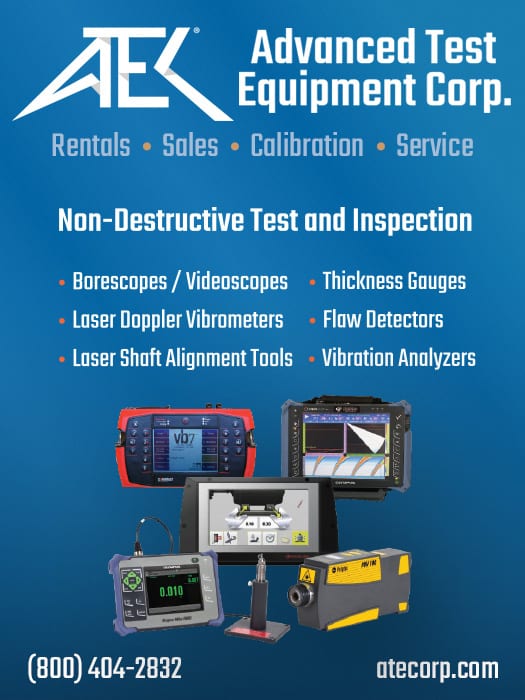Speaking of Quality
Tracy Owens
Speaking of Quality | Tracy Owens
Reading the reviews of my own presentations is always a moment of excited hesitation.
Reviewing Speakers

Over the years, it has been my great privilege to address audiences of quality professionals at ASQ conferences. In the room and on the virtual meeting there are also others outside the quality profession who are interested in making improvements in their work and lives. To reach somebody with a topic that is immediately helpful to them is a real source of satisfaction.
Throughout the year you’ll find ASQ gatherings, both in-person and online, hosted by the many technical communities and geographic sections. Bringing together people to share ideas and knowledge is a genuine goal of the ASQ. I’ve been able to speak at several division and section conferences and meetings, and I enjoy receiving feedback on each session so that I can strengthen any future workshop.
And then there’s the ASQ World Conference on Quality and Improvement, what you might call “The Big Dance.” To present your material at that grand event is truly rewarding and something to tell your grandkids about, you know, if they’re into quality management.
There are several WCQI session formats available. The most common is the concurrent session, which is 45 minutes long and typically used to deliver one critical bit of information in detail. A two-hour workshop is a more in-depth study of a specific topic with the opportunity to practice new techniques.
The After 5 sessions are less formal meetings always held on the WCQI Monday at 5 p.m. They are meant to introduce quality topics outside the traditional work environment and to enable a high level of interaction for those who choose to attend. I’ve attended After 5 sessions where we’ve made music, talked about baseball, and even walked a labyrinth that was constructed with masking tape in a distant corner of the convention center.
The “flipped” session has also been used over the years. This requires the presenter to record all instructional materials in advance so that everyone can execute the learning part before the conference. Then, in the actual meeting room, the focus is only on deployment.
“To reach somebody with a topic that is immediately helpful to them is a real source of satisfaction.”
I’ve had the opportunity to present in all these formats except the After 5. Concurrent sessions are satisfying if you use your time wisely. I’ve conducted workshops using case studies to demonstrate quality tools and to compare multiple approaches to the same problem by splitting the attendees into groups and deploying different tools among them. And the flipped session works really well if everyone has watched the videos in advance.
After a presentation, it’s important for me to read the reviews from participants in order to know what worked well and what I should change with future audiences.
The presentation review process has evolved a bit in recent years. In years past, all the reviews were written on paper and collected on your way out. Nowadays the speaker reviews are included in the conference’s mobile app, so you can score them right away, or you can wait until you collect your thoughts and complete it later.
On the paper reviews there were numeric scores for the speaker and the topic, and there was space for some comments by the reviewer. The team at ASQ headquarters would then compile all those results and share them via email with each speaker.
I remember reading one specific review after I presented a concurrent session at the 2014 ASQ WCQI in Dallas. At the time, I believed my material was the most interesting thing I’d ever built. I collaborated with a Ph.D. in Organizational Psychology and tested my hypotheses with several live groups before constructing the concurrent session. Indeed, most of the reviews were highly favorable, expressing that they’d come away with a new view on process improvement and were anxious to apply the topics I had shared.
One person who attended my session was not so appreciative. The numeric scores were very low, and the verbatim comments were sharply critical.
The final question on the old paper reviews was “What was your key takeaway from this session?”
The reviewer’s response to that last question: “Never to go to another presentation by this guy.”
Ouch. Further proof that you just can’t please everybody.
For the 2023 ASQ World Conference in Philadelphia I’ve finally submitted a proposal for an After 5 session. If I’m selected to speak, I sure hope to see you there!

